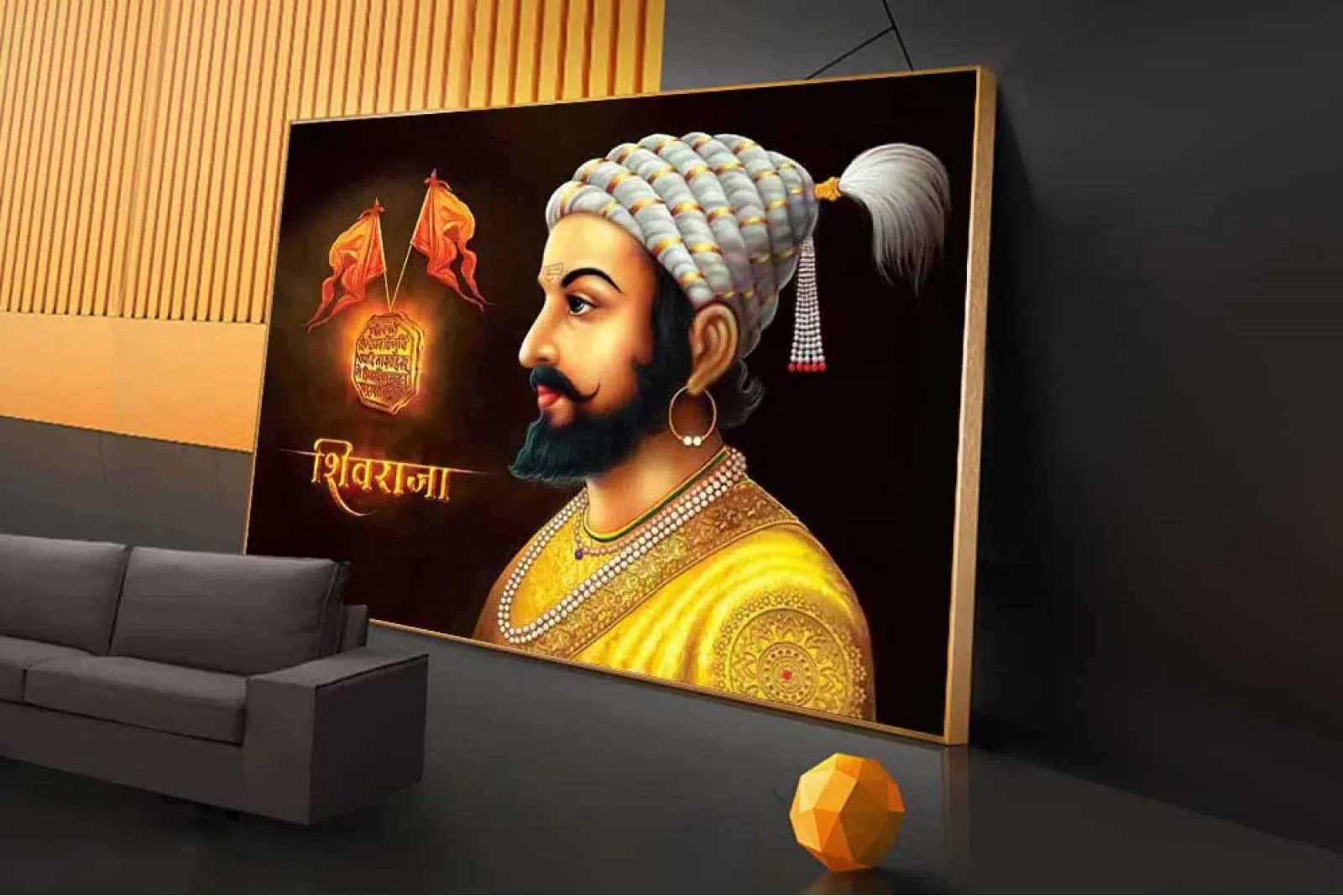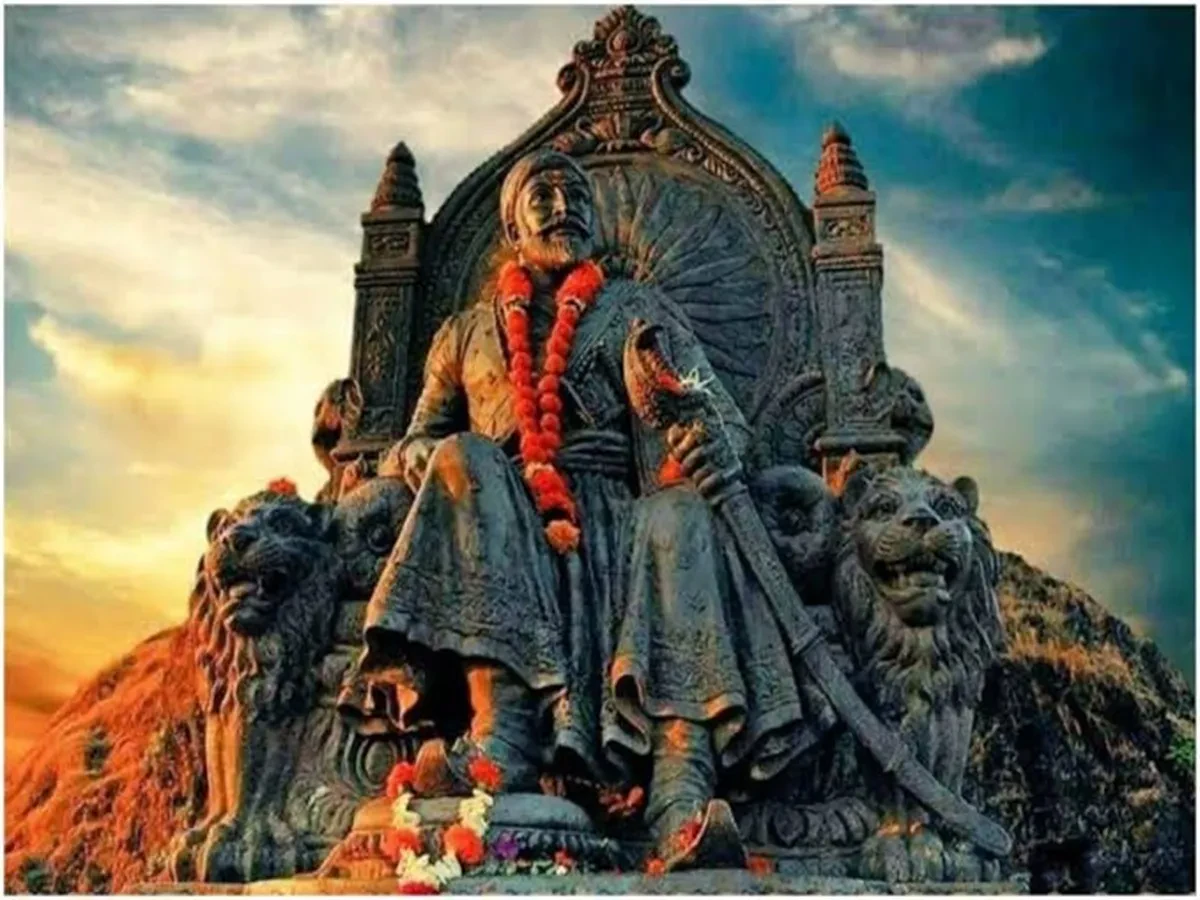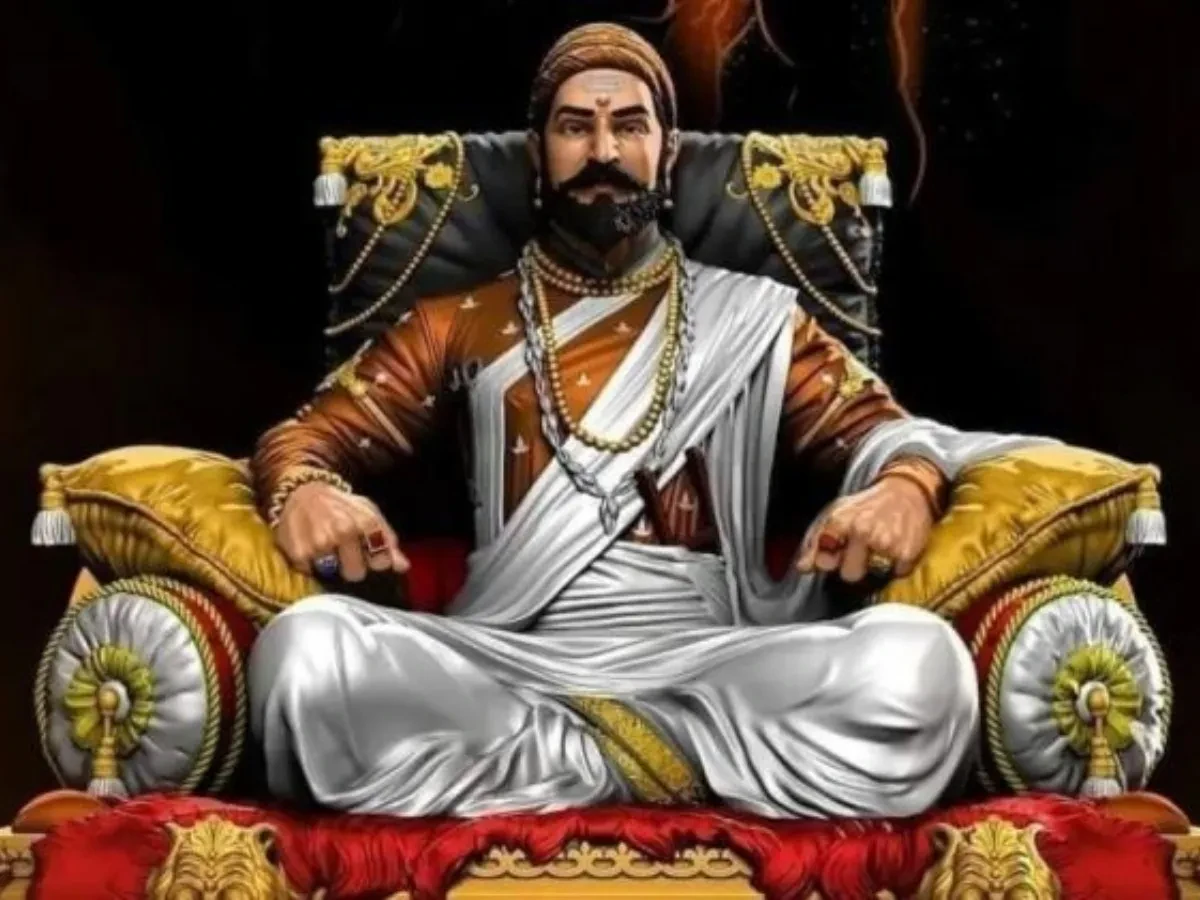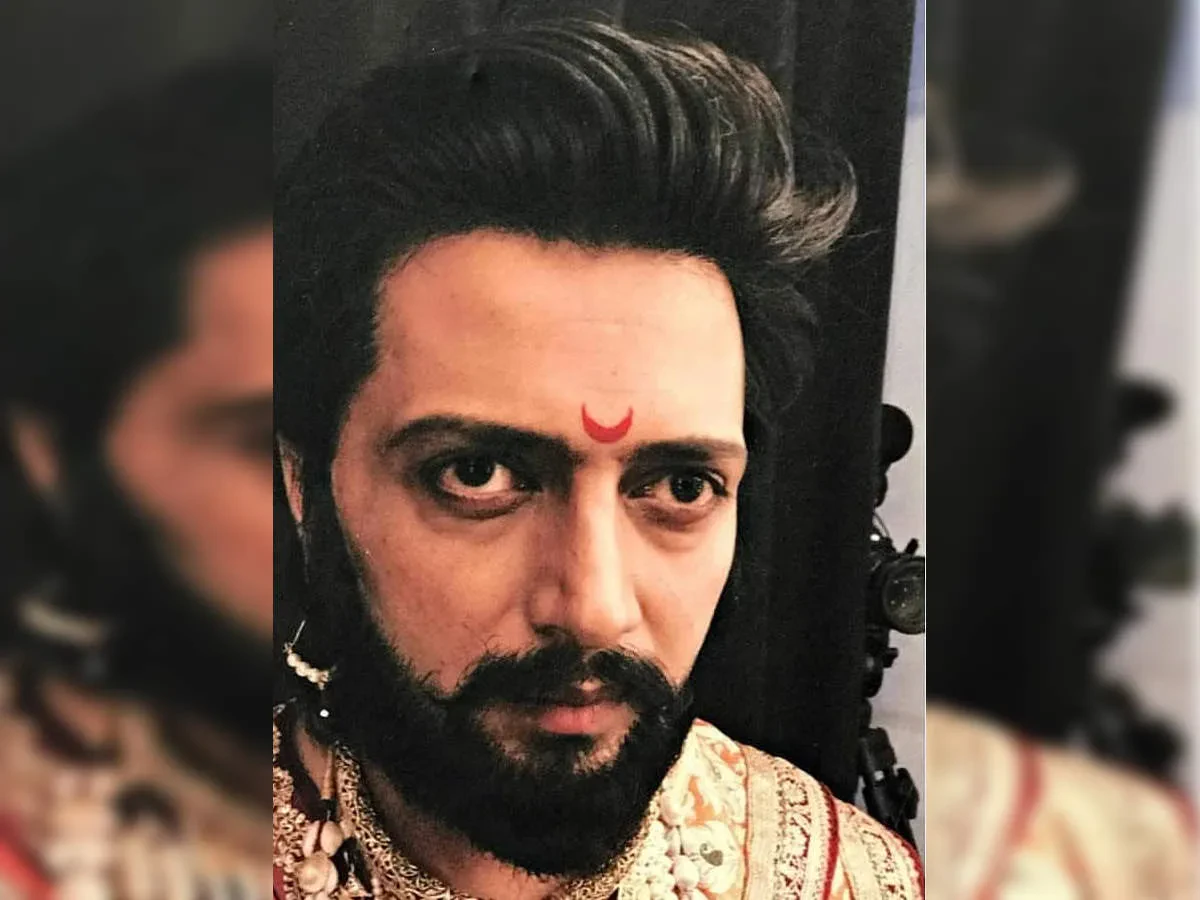Chhatrapati Shivaji Maharaj, the founder of the Maratha Empire, is a legendary figure in Indian history. His military prowess and political acumen are well-documented, but there’s another aspect of his image that often catches the eye: his impressive beard.
While precise photographic evidence isn’t available from that era, numerous paintings and sculptures depict Shivaji Maharaj sporting a thick, well-maintained beard. This wasn’t just facial hair; it was a statement.
The Style: A Blend of Practicality and Pride
Shivaji’s beard seems to have been a full, well-groomed beard, often seen extending down to his chest. It wasn’t a wild, untamed mane; instead, it appears to have been neatly trimmed and shaped. This suggests a degree of care and attention to personal appearance, even amidst the rigors of warfare and leadership.
Think of it as a meticulously kept goatee, but broader and fuller. It wasn’t a trendy hipster beard – this was a style reflecting a blend of practical considerations and a sense of regal dignity.
The length and fullness might have offered some practical benefits too, possibly providing warmth in cooler climates or a slight degree of protection during combat.
Beyond the Hair: Symbolism and Significance
In the 17th-century context, a well-kept beard held significant social and cultural meaning. For men, a beard symbolized maturity, wisdom, and power. For a king and warrior leader like Shivaji Maharaj, this symbolism was amplified tenfold.
His beard visually reinforced his authority and prestige. It served as a visual cue that helped solidify his image as a strong and resolute leader, someone to be respected and followed.
It’s also important to remember the cultural context. In many parts of India, a beard has long been associated with masculinity, piety, and spiritual power. Shivaji Maharaj’s beard might have been a subtle nod to these cultural values.

The Beard in Popular Culture
Today, Shivaji Maharaj’s beard remains an iconic part of his image. Portrayals in films, paintings, and statues often emphasize this aspect of his appearance. It has become a visual shorthand for recognizing and identifying the great Maratha king.
The beard’s enduring presence in popular culture reflects its lasting symbolic weight and its role in shaping the enduring legacy of Chhatrapati Shivaji Maharaj.
Interpretations and Variations
Different artists and depictions may showcase slight variations in the precise style of Shivaji Maharaj’s beard. The exact length, shape, and grooming techniques remain open to interpretation based on available historical sources.
However, the general consensus points towards a full, well-maintained beard that complemented his overall regal and commanding persona.

More Than Just Hair
In conclusion, Chhatrapati Shivaji Maharaj’s beard was far more than just facial hair. It was a powerful symbol that complemented his image and legacy as a courageous warrior king. It speaks volumes about the cultural context of the time and his enduring impact on Indian history.
- Symbol of maturity and power
- Reflection of cultural values
- Visual reinforcement of authority
- Potentially offered practical benefits
- Enduring legacy in popular culture

